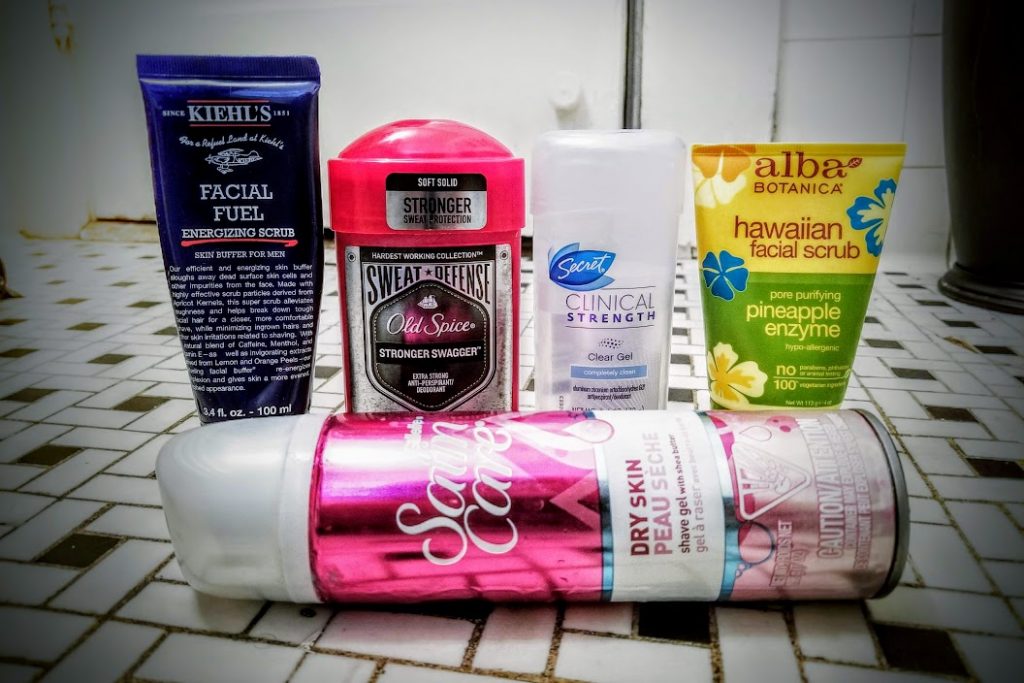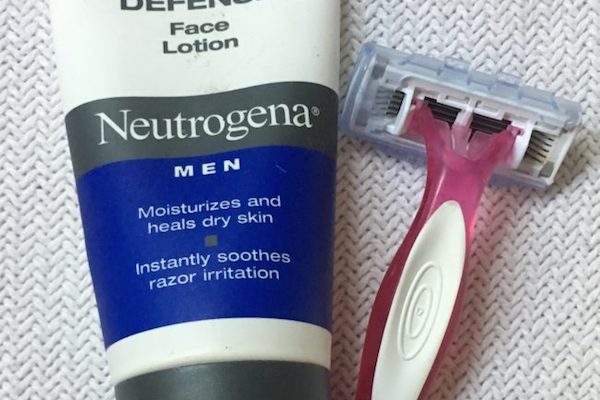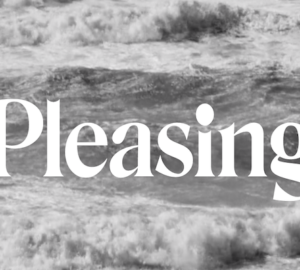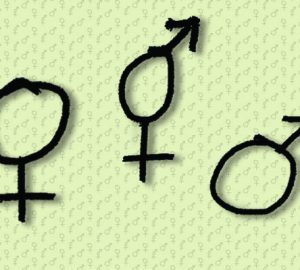Why are beauty products are still unnecessarily gendered?

We all need soap, right? And all soap is essentially the same … right? So, why do companies still feel the need to produce two completely different packages as well as advertising campaigns for the exact same product? This phenomenon is even more glaring when the item is identical — except for color differentiation — or when the packaging color is the same aside from one tiny line of text that reads “for men” or “for women.” Like, seriously? Can a woman’s leg hair only be shaved by the delicacy of a purple, tropical-scented razor? Can a man’s acne only be soothed by an angular bottle of black face wash?
This problem is inflamed by how much more women pay for beauty and health products. There is a huge markup on items (and even services) targeted to a female audience, while they have the exact same ingredients as the version for men.
As a society, are we over this unnecessary product gendering? Or do we still rely on it? The Connector asked a SCAD student couple about their feelings on this matter. Lauren Anderson is a fourth-year undergraduate fashion student and Crystian Hopper is a fourth-year sequential art student. For context, they’ve been living together for a year and a half.
The Connector: When you go to the store, does the gendering of beauty products help you find something suited for you?
Anderson: Yeah, I go straight to the men’s section to find razors for coarse hair. Women’s razors just don’t do s*** for my armpits.
The Connector: So would it be easier for you if every product was streamlined for the same customer?
Anderson: I think so, because there really isn’t any difference between the products.
The Connector: When you go to the store, does the gendering of beauty products help you find something suited for you?
Hopper: I guess it makes it easier. I’ll buy the right razor that way, because if I was to shave my face with Lauren’s razors I would never be able to get a clean shave.
The Connector: So would it be easier for you if every product was streamlined for the same customer?
Hopper: No, I think it’s better to keep things separate.

It may seem inconsequential for something like razors to be differentiated by male- or female serving, and at times it really is a harmless bout of capitalism (capitalism isn’t harmless, but that’s another article). However, separating beauty products like this perpetuates a gender binary that’s more damaging than people realize.
When we spend money on the notion that dad needs only black charcoal soap but mom needs pink floral body wash, we cement our expectations as a society. We tell men that their masculinity is so sacred that even a bottle of lotion in a lighter color can damage it. That they need to smell like pine trees and fishing and testosterone. Some men do want this, and that’s fine, but what’s more important, being manly or being clean? Obsessing over something as small as this is just a symptom of a larger problem. We have automatic associations about what it means to be a man or a woman deeply embedded in our subconscious.
In itself the gender binary excludes people who are agender, genderqueer, etc., and it creates a toxic arena for everyone on the spectrum. We wrap our babies in a pink or blue blanket the moment they’re born and some of us go the extra mile by throwing gender announcement parties. We’re uncomfortable with the notion of people who don’t fit on the binary, sometimes violently so. We don’t buy Bic Soleil for our sons and we don’t buy Old Spice for our daughters. It seems stupid, but we do this without even thinking about why we are doing it. We should question our purchases. We should encourage everyone to be clean and smell nice, and not shame people for breaking gender stereotypes. We should buy into neutral, gender-inclusive products.
For some people, buying gendered beauty products is not a touchy subject, but for others, the subliminal messaging present in the marketing is excruciating.






















